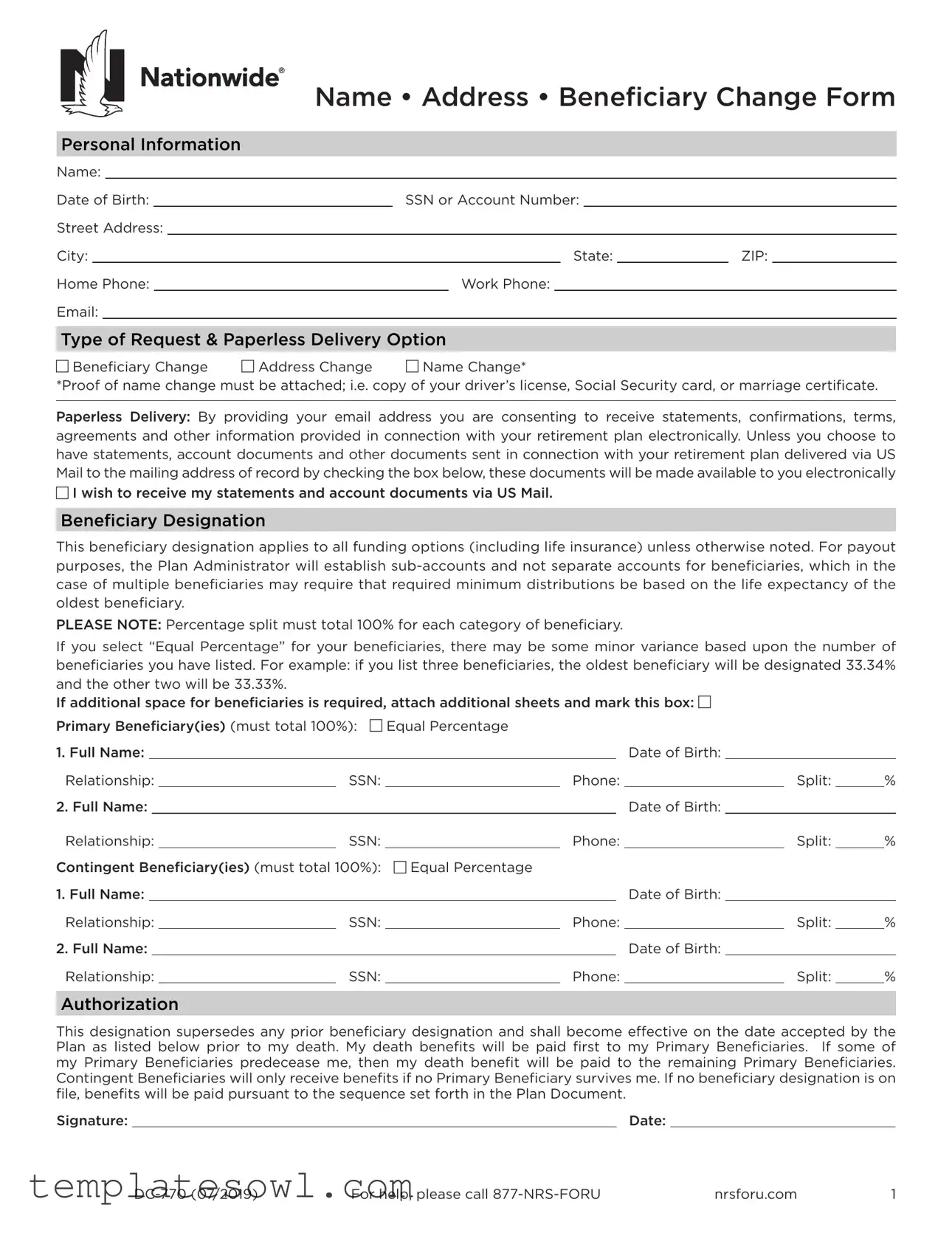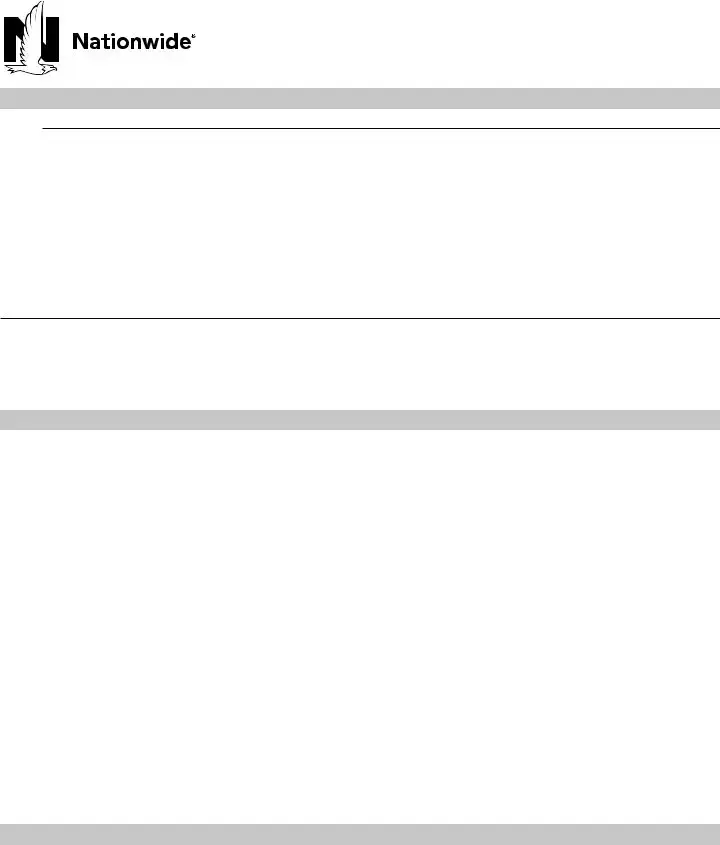What is a Beneficiary Change form?
This form allows you to update who will receive your benefits in the event of your passing. You can designate primary beneficiaries, who will receive benefits first, and contingent beneficiaries, who will receive benefits if no primary beneficiaries are alive.
Who should I list as my beneficiaries?
You can list anyone you choose as your beneficiaries—family members, friends, or even organizations. Just ensure that you have their full names, dates of birth, and Social Security numbers. Make sure the percentages you assign total 100% for each category.
Can I change my beneficiaries at any time?
Yes, you can change your beneficiaries whenever necessary. Just complete a new Beneficiary Change form and submit it following the provided instructions.
What happens if I don’t update my form?
If your Beneficiary Change form is not updated, benefits will be distributed according to the last valid designation on file. If no designation exists, it will follow the plan's default sequence outlined in the Plan Document.
What details do I need to provide for each beneficiary?
You’ll need to provide the full name, date of birth, Social Security number, relationship to you, phone number, and the percentage of the benefit they will receive. Each category’s total must equal 100%.
What if my beneficiaries die before I do?
If a primary beneficiary passes away before you, their share will be divided among the remaining primary beneficiaries. Contingent beneficiaries only receive benefits if there are no surviving primary beneficiaries.
Do I need to provide proof of a name change?
Yes, if you wish to change your name on the form, you must attach proof of the name change, such as a driver’s license, Social Security card, or marriage certificate.
Will I receive documents electronically?
If you provide your email address and choose the paperless delivery option, you consent to receive statements and confirmations electronically. Otherwise, you can opt to receive documents via U.S. Mail.
What if I need additional space for beneficiaries?
If you run out of space on the form for listing beneficiaries, attach additional sheets as necessary. Just make sure to mark the box indicating that you have done so.
How do I submit the completed form?
Once you’ve completed your Beneficiary Change form, you can send it by mail to Nationwide Retirement Solutions, fax it to 877-677-4329, or email it to rpublic@nationwide.com. Ensure that you keep a copy for your records.


